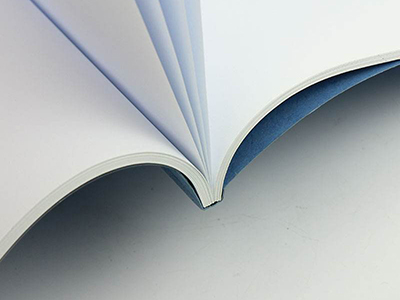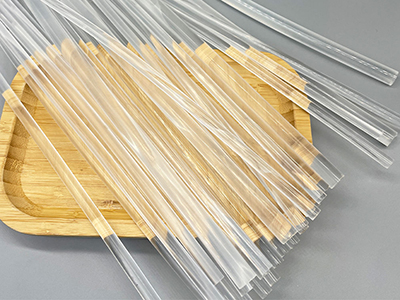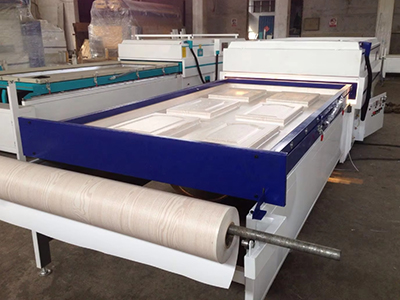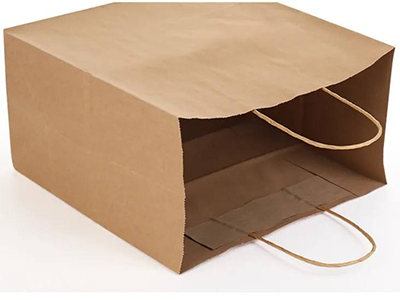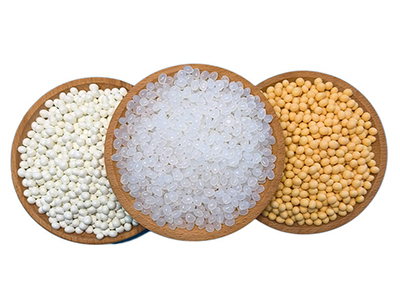Hot glue is generally not recommended for traditional bookbinding, especially for binding books with paper pages. Traditional bookbinding typically involves sewing the pages together and using specific bookbinding adhesives, such as PVA (polyvinyl acetate) glue or other acid-free adhesives, to create a strong and long-lasting bond.
The primary reasons why hot glue is not suitable for bookbinding include:
- Rigidity: Hot glue tends to dry to a rigid state, which is not ideal for books that need to open and close easily. Bookbinding adhesives like PVA glue remain flexible, allowing the book to open and lay flat without the adhesive cracking or becoming brittle.
- Reversibility: Traditional bookbinding adhesives are more reversible. If, for any reason, a book needs to be disassembled or repaired, PVA glue and similar adhesives can be softened and the binding threads removed, whereas hot glue is difficult to reverse without damaging the pages.
- Longevity: PVA glue and other bookbinding adhesives are formulated for long-term durability, ensuring that the pages remain securely bound over time. Hot glue may not provide the same level of longevity and may degrade or weaken faster.
- Aesthetic Considerations: Hot glue can create a thicker and more noticeable binding on the spine of a book, which may not be aesthetically pleasing for many bookbinding projects.
If you are looking to bind books or documents, it’s recommended to use traditional bookbinding techniques and appropriate bookbinding adhesives. Professional bookbinders typically use PVA glue or other acid-free, reversible adhesives to create strong, flexible, and durable bindings that are well-suited for books and documents of all types.
Hot glue is better suited for craft projects, general repairs, and bonding materials where flexibility and longevity are not critical factors.


